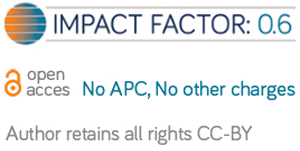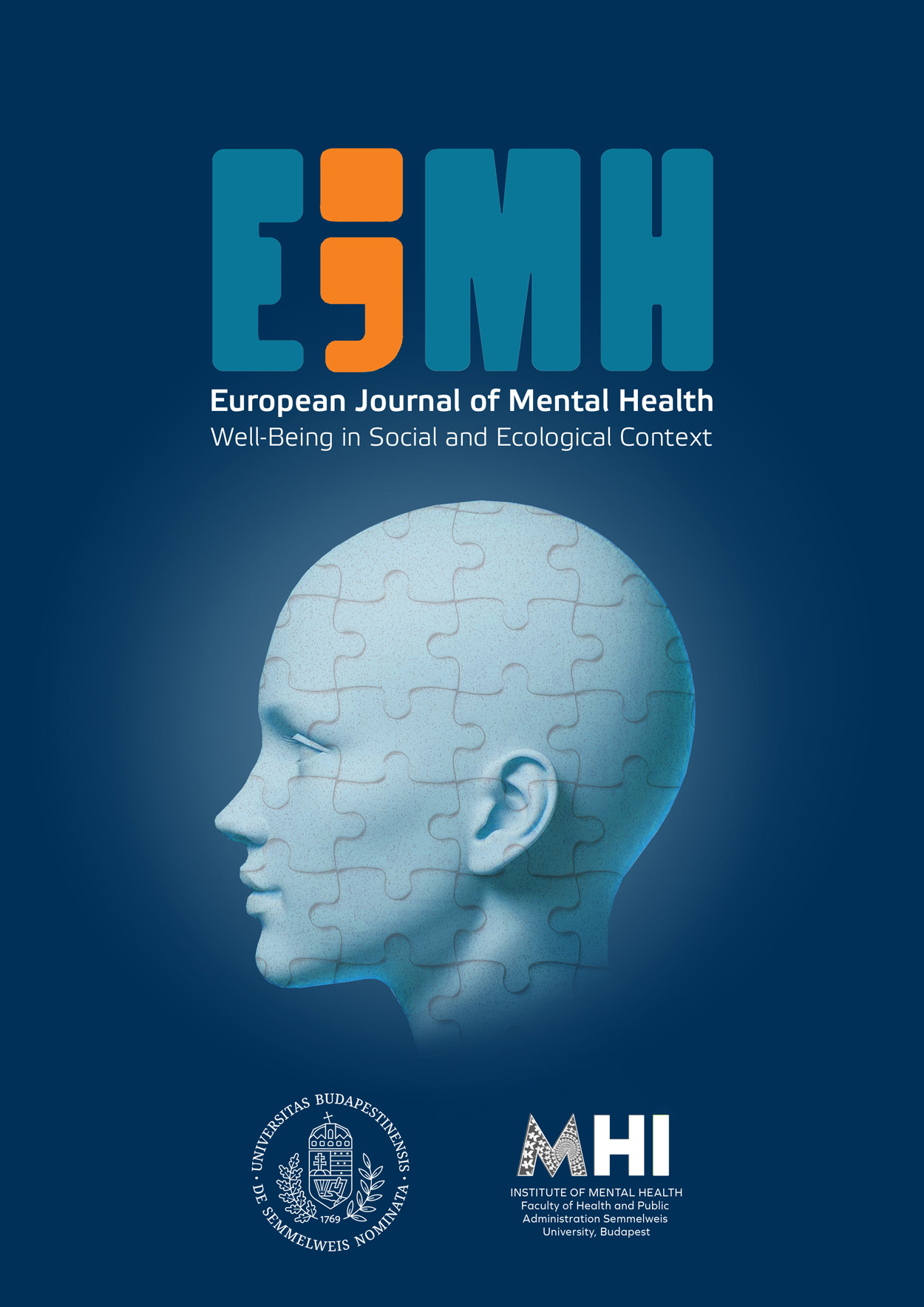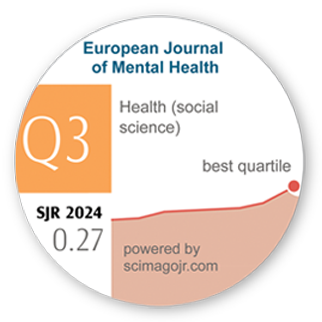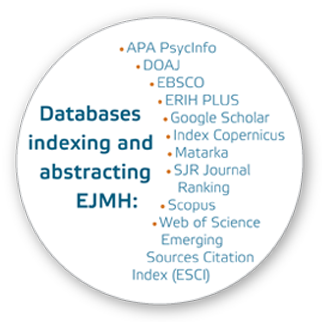Changing Roma Identity: A New Kind of Double Identity and How to Model it
DOI:
https://doi.org/10.5708/EJMH.11.2016.1-2.3Keywords:
ethnicity, Gypsy, identity, integration, religion, RomaniAbstract
The Roma Revival Movement, which started in the mid-20th century, exhibits several peculiar features as a social phenomenon, each of which contributes to the formation of a new identity of the Romani people, both individually and on the group level. One of the most important results of the Roma Revival Movement is the birth of a new religious Roma identity. In this new identity form, in contrast to earlier known ethnic identity forms, religion (through conversion and community membership) operates as a filter, as a new frame which can eliminate several handicaps of the ethnic or double identity (which are laden with negative feelings on the personal and group level), and establishes a new, mainly positive, identity form, the Religio-Roma Identity (RRI). In our study based on representative data, we first present the two sources of the new identity form, the rapidly growing ethnic movement as a social phenomenon and the radical change in the lives of newly joined community members. We then describe the new identity form and compare it to other known forms of ethnic double identity.






